In the heart of Poland's vibrant capital, Warsaw, lies a place of timeless beauty and cultural significance: Łazienki Królewskie, often referred to as the Royal Baths Park. This enchanting park and palace complex is a true gem, a testament to the country's rich history and the enduring legacy of its monarchs. Join us as we take a virtual stroll through the majestic Łazienki Królewskie, where history, art, and nature converge in perfect harmony.
A Royal Retreat Amidst Nature
Łazienki Królewskie, which translates to "Royal Baths," is a magnificent 76-hectare park nestled in the heart of Warsaw. Established in the 17th century as a private bathing pavilion for the Polish monarchs, it has since grown into a splendid landscape of gardens, palaces, and sculptures that welcomes visitors from around the world.
The park's lush greenery, serene lakes, and meandering paths provide a tranquil escape from the urban bustle of Warsaw. As you wander through Łazienki Królewskie, you'll discover why it's often considered one of Europe's most beautiful urban parks.
The Palaces of Łazienki
At the heart of Łazienki Królewskie, you'll find the striking Łazienki Palace, a neoclassical architectural masterpiece that served as a summer residence for King Stanisław August Poniatowski. The palace's interiors are equally breathtaking, featuring opulent rooms filled with art, sculptures, and historical artifacts. Visitors can explore the lavishly decorated chambers, including the Royal Collection, which houses a remarkable array of European and Polish art.
Nearby, the charming Myślewicki Palace and the Old Orangery, with its grand amphitheater, are further examples of the park's regal architecture. These structures add to the park's allure, serving as venues for cultural events and exhibitions.
Inside Łazienki Królewskie w Warszawie (the Royal Baths Park) in Warsaw, Poland, you can find a historic royal car on display. This car is often associated with King Stanisław August Poniatowski, who was a prominent patron of the park and its surroundings during the 18th century.
The royal car in Łazienki Królewskie is a fascinating historical artifact that provides visitors with a glimpse into the opulent lifestyle of the Polish monarchs of the past. This car is typically showcased in a dedicated area, often near the Łazienki Palace, where it can be admired by park visitors.
The car itself is a symbol of the park's rich history and its connections to Polish royalty. It's a testament to the luxurious tastes and cultural aspirations of the time. While the specific design and details of the royal car can vary, these vehicles are typically ornate and exquisitely crafted, befitting their association with royalty.
Visitors to Łazienki Królewskie can view the royal car as part of their exploration of the park, immersing themselves in the historical and cultural treasures that make this royal oasis in the heart of Warsaw a truly unique and enchanting destination.
Łazienki Królewskie w Warszawie, or the Royal Baths Park in Warsaw, is adorned with a remarkable collection of sculptures and statues that enhance its beauty and cultural significance. These sculptures are scattered throughout the park's gardens, palaces, and pathways, adding to the park's allure. Here are some of the notable sculptures you can find while exploring Łazienki Królewskie:
Statue of King Stanisław August Poniatowski: This iconic bronze statue of the park's founder, King Stanisław August Poniatowski, sits in a contemplative pose. It's located near the Łazienki Palace and is a symbol of the king's deep connection to the park.
Chopin Monument: One of the most famous sculptures in the park is the monument to the renowned composer Frédéric Chopin. The statue captures the essence of Chopin's music and his emotional connection to Poland. It's a popular spot for music enthusiasts and a venue for open-air Chopin concerts.
Amphitrite and Neptune Statues: Near the Palace on the Isle, you'll find statues of Amphitrite, a sea goddess, and Neptune, the god of the sea. These sculptures, situated by a water basin, contribute to the park's classical and mythological ambiance.
Frederick Chopin Monument: In addition to the larger Chopin monument, you can find another statue of the composer in the park. This one portrays Chopin in a more casual, seated pose, as if he were composing music in the park.
Plato's Cave Statue: Located near the Amphitheatre on the Water, this statue represents Plato, the ancient Greek philosopher. It's a nod to the intellectual and cultural aspirations of the park.
Hercules Fighting the Hydra: Situated in front of the Palace on the Isle, this sculpture depicts Hercules, a hero of Greek mythology, engaged in a battle with the multi-headed Hydra. It's a symbol of strength and valor.
Satyr Statue: Found in the garden surrounding the Palace on the Isle, this sculpture portrays a satyr, a mythical creature often associated with nature and the forest. It adds a whimsical touch to the garden.
Busts of Polish Notables: Throughout the park, you'll encounter busts of various Polish historical figures and notable personalities. These include figures like Tadeusz Kościuszko, Adam Mickiewicz, and Ignacy Paderewski, honoring Poland's cultural and political heritage.
Fountain Statues: The park features numerous fountains adorned with sculptures of mythological figures, including nymphs, tritons, and cherubs. These sculptures add an element of grandeur to the park's water features.
Lion Statues: The entrance to the park is guarded by two majestic lion statues. These regal creatures symbolize strength and guardianship.
These sculptures not only enhance the visual appeal of Łazienki Królewskie but also serve as a testament to Poland's rich cultural heritage and the enduring legacy of the park's founders and patrons. As you explore the park, these artistic treasures provide a fascinating glimpse into the history, mythology, and artistic traditions that have shaped this regal oasis in the heart of Warsaw.
The Royal Theatre
Łazienki Królewskie also boasts a unique gem—the Royal Theatre, which remains one of Europe's few theaters with an authentic 18th-century stage and machinery. Visitors can attend performances and experience the ambiance of a bygone era.
The Enchanted Gardens
The gardens of Łazienki Królewskie are a horticultural delight. The classical layout includes elements like the Roman-inspired Amphitheatre on the Water, the charming Island Palace, and the picturesque bridges that grace the park's numerous waterways. In spring and summer, the gardens come alive with vibrant blooms, making it a haven for botany enthusiasts and a perfect backdrop for leisurely strolls.
A Cultural Hub
Łazienki Królewskie is more than just a park; it's a cultural hub. Throughout the year, it hosts a variety of events, from open-air concerts to theater performances and art exhibitions. The park's cultural calendar is a testament to its enduring role in Warsaw's cultural scene.
Łazienki Królewskie w Warszawie, or the Royal Baths Park in Warsaw, is not only a haven of historical and architectural beauty but also a vibrant natural habitat. The park's landscape and water features provide a conducive environment for a diverse range of flora and fauna. Here's a glimpse into the park's natural world:
Flora:
Trees: The park is adorned with a variety of tree species, including oak, maple, chestnut, beech, and linden. These majestic trees provide shade, create scenic avenues, and enhance the park's aesthetic appeal.
Shrubs and Bushes: Throughout the park's gardens and pathways, you'll find an array of shrubs and bushes, many of which contribute to the park's landscaping and ornamental beauty.
Flower Beds: Seasonal flower beds burst with vibrant colors, showcasing a wide range of annual and perennial flowers. These include tulips, daffodils, roses, and many other species, creating a floral tapestry that changes with the seasons.
Water Plants: The park's numerous ponds and water features are home to aquatic plants like water lilies and reeds, adding to the park's natural diversity.
Fauna:
Birds: Łazienki Królewskie is a haven for birdwatchers. You can spot various bird species, including swans, ducks, geese, and herons, on the park's serene lakes and waterways. The park's abundant trees also attract a variety of songbirds.
Squirrels: Agile and acrobatic squirrels are a common sight in the park. They can be seen scampering through the trees and occasionally interacting with visitors.
Fish: The park's lakes and ponds are teeming with fish, including carp, perch, and roach. These fish contribute to the aquatic ecosystem of the park.
Insects and Butterflies: The diverse plant life in the park attracts a variety of insects, including bees and butterflies. These pollinators play a crucial role in the park's ecosystem.
Occasional Wildlife: While not common, visitors have reported occasional sightings of foxes, rabbits, and other small mammals in the park.
It's important to note that Łazienki Królewskie is not just a beautifully landscaped park but also a natural refuge within the city of Warsaw. Its diverse flora and fauna contribute to its serene ambiance and offer a tranquil escape for both visitors and the wildlife that call the park home. Exploring the natural elements of the park can be a delightful complement to its historical and architectural treasures.
Łazienki Królewskie w Warszawie, the Royal Baths Park of Warsaw, is a living testament to Poland's regal history, artistic heritage, and natural beauty. It's a place where past and present coexist in perfect harmony—a serene oasis where visitors can explore centuries of history, bask in the beauty of nature, and immerse themselves in cultural treasures. Whether you're a history enthusiast, a lover of art and architecture, or simply seeking a peaceful escape in the heart of Warsaw, Łazienki Królewskie is a must-visit destination that will leave you enchanted and inspired.


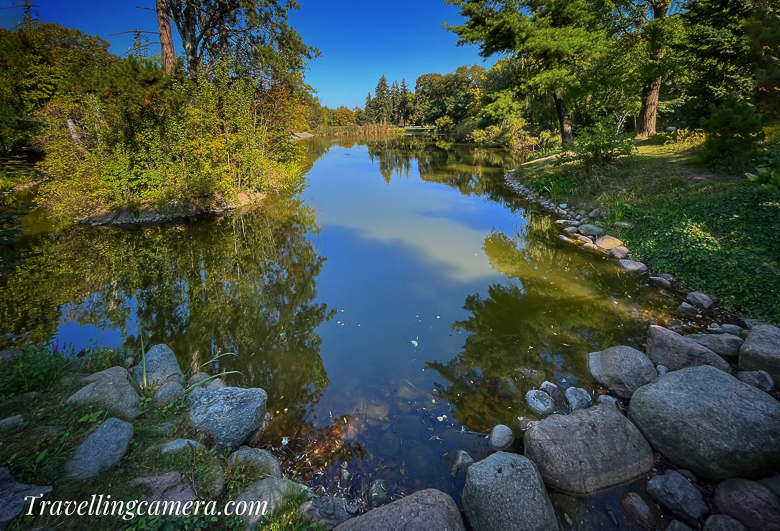
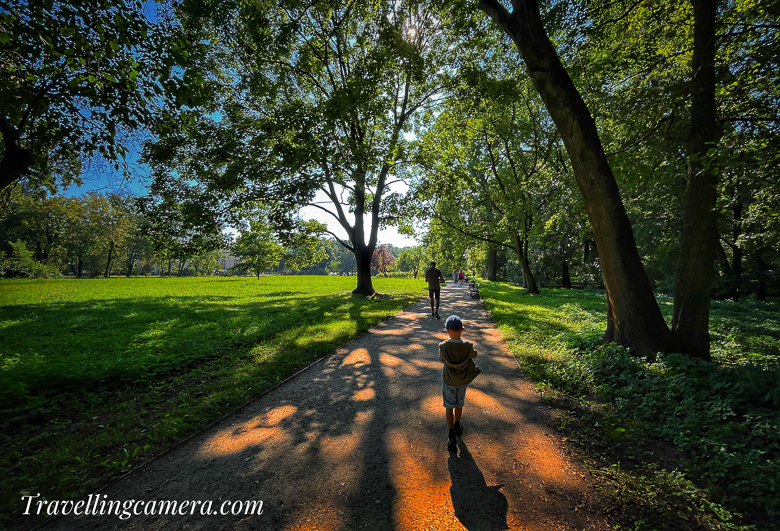
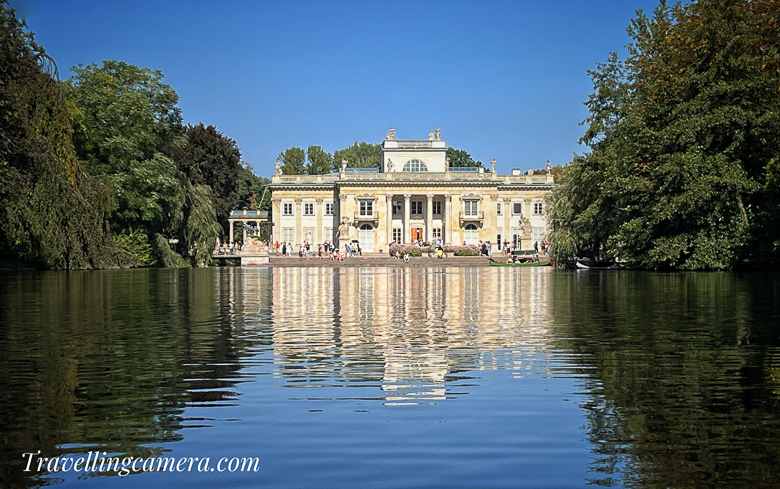

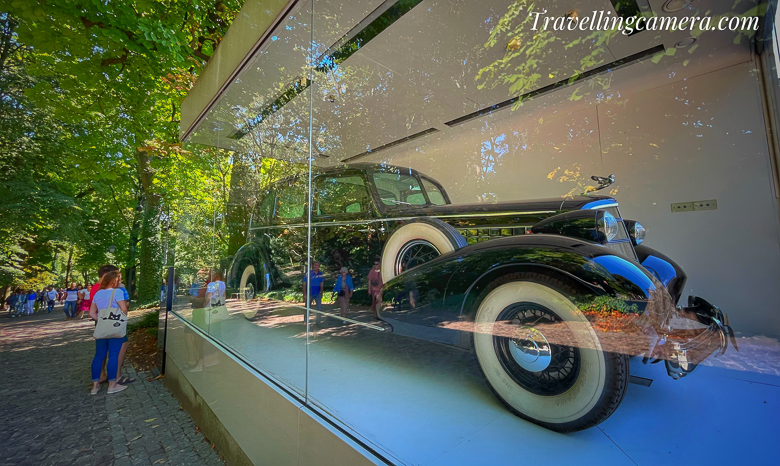
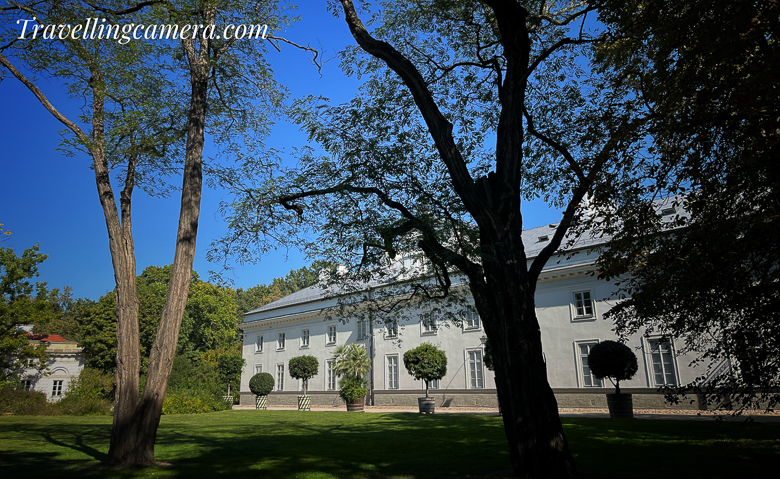

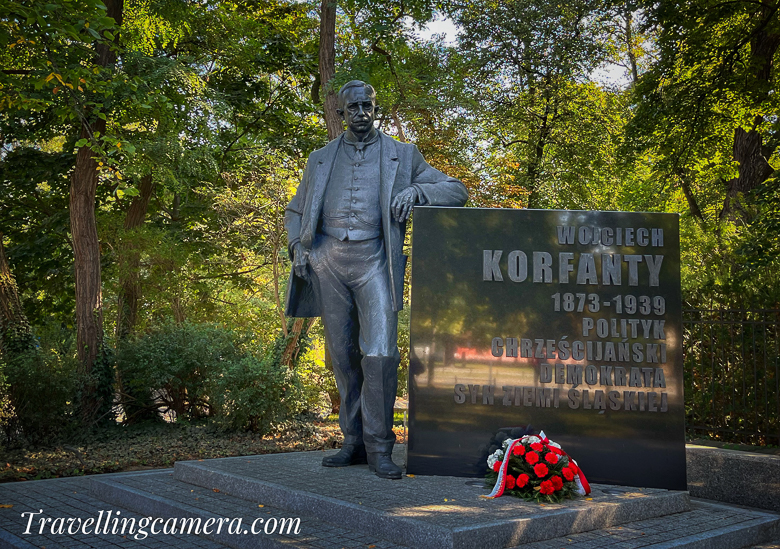


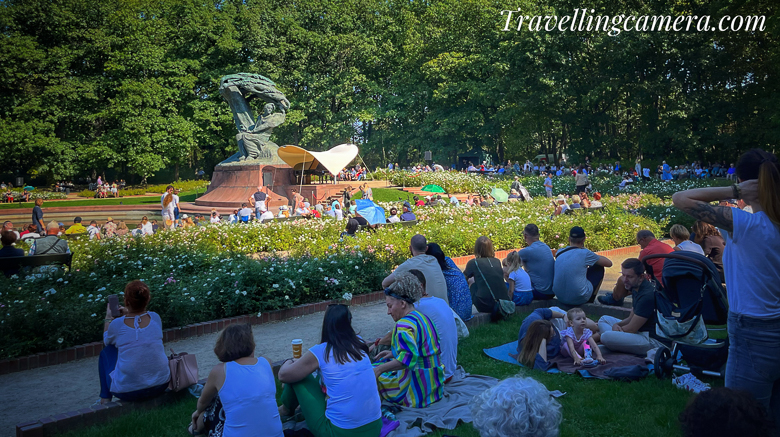
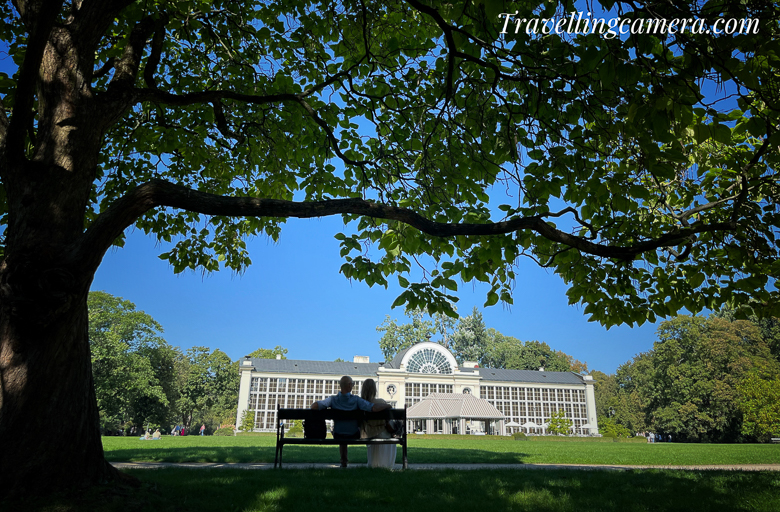
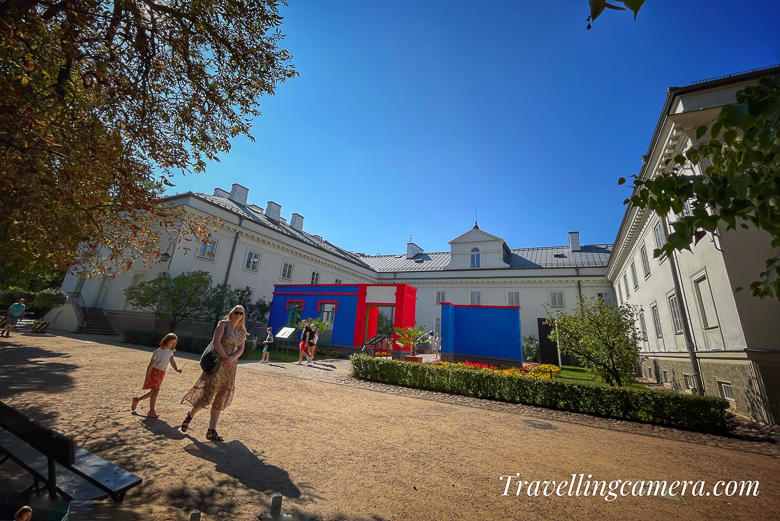
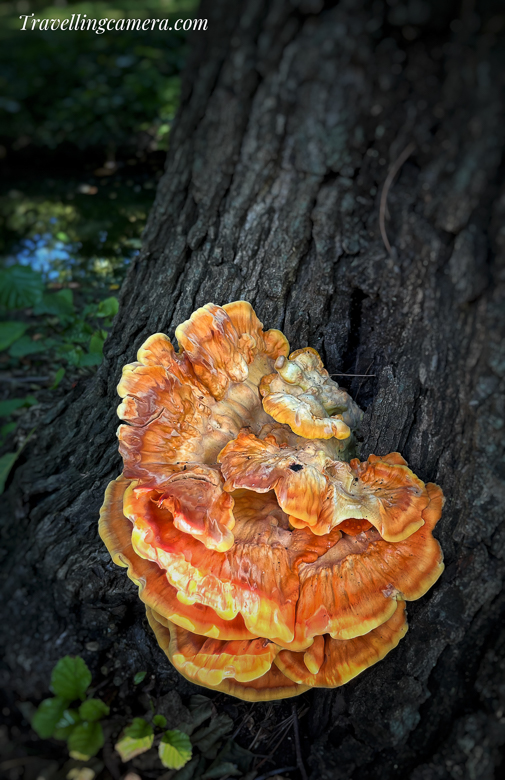
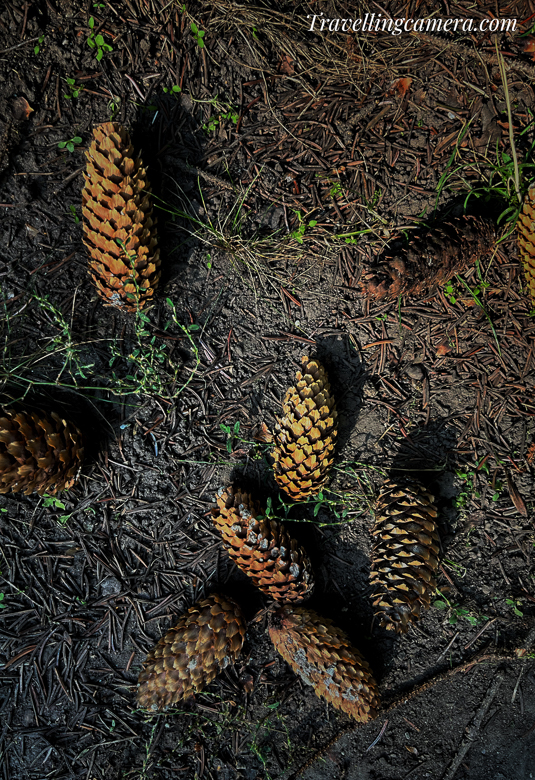


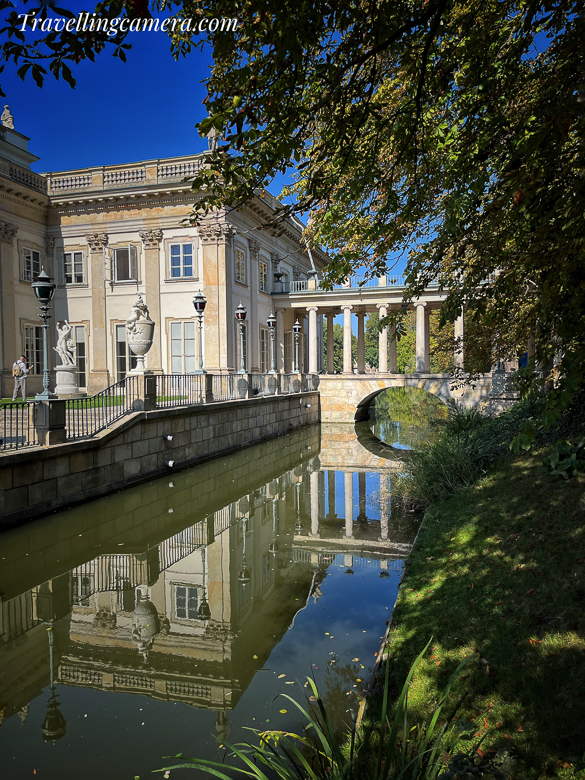

.jpg)
Comments